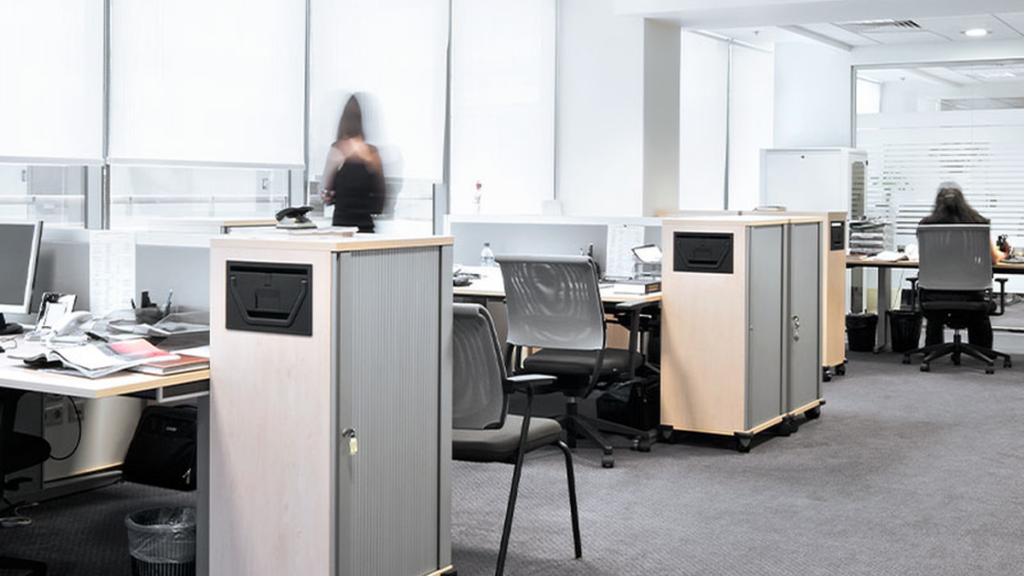SHARED CUSTODY ARRANGEMENTS: Impact of School Closures
Posted on October 26th, 2022 in Domestic Tax
In an April 21, 2022, Tax Court of Canada case, the Court reviewed whether the taxpayer and her former spouse were shared-custody parents of their three children for the period from January 2019 to June 2021 for the purpose of the Canada Child Benefit (CCB). In shared-custody arrangements, each individual will get half of the payment they would have received had the child lived with them full time.
While the Minister initially fully paid the CCB to the taxpayer, the Minister later concluded that she and her former spouse were shared-custody parents and that each was entitled to half.
Parents are considered shared-custody parents if they meet three tests:
- they must not be cohabitating spouses or common-law partners;
- they must reside with the child either at least 40% of the time in the month or on an approximately equal basis; and
- they must each primarily fulfil the responsibility for the care and upbringing of the child when the child resides with them.
Taxpayer wins, mostly
The Court noted that entitlement to CCB is determined on a child-by-child and then month-by-month basis.
The youngest child (V) was not old enough to attend school during the period in question, and therefore, V’s care during the day on weekdays fell entirely to the taxpayer. As such, the former spouse could not meet the 40% test for any months. The taxpayer was entitled to the full CCB in respect of V.
The two other children (N and C) were attending school and reviewed together on a month-by-month basis.
While the Court found that the taxpayer was a shared-custody parent for two time periods (September to November 2019 and January to February 2020), it found that she had full custody for the remaining
periods (with full CCB entitlement) as the former spouse did not meet the 40% criteria. The Court provided comments on several periods as follows:
- January to June 2019 – for the three months after the separation, the former spouse had unstable housing, and it was clear he did not meet the 40% test. While there was inconsistent testimony for April to June 2019, the Court found it more likely than not that the former spouse did not meet the 40% test.
- July to August 2019 and 2020 – N and C spent the days during the summer holidays with the taxpayer (and not at school), meaning that the former spouse did not meet the 40% test.
- December 2019 and March 2020 – N and C would not have been at school for a considerable time during these months (Christmas and spring break) and spent this time with the taxpayer, resulting in the former spouse not meeting the 40% test.
- April to June 2020 – the COVID-19 pandemic closed schools, forcing N and C to spend the weekdays with the taxpayer, resulting in the former spouse not meeting the 40% test.
- September 2020 to June 2021 – the taxpayer began homeschooling N and C, resulting in the taxpayer spending all weekdays with N and C. The former spouse did not meet the 40% test.
The Court found that the former spouse met the 40% test for September to November 2019 and January to February 2020 after reviewing the schedules where N and C were at school on the weekdays. The Court also found that the former spouse was primarily responsible for the care and upbringing of N and C when they resided with him.
The Court observed that during this period, the former spouse maintained a secure environment for N and C to live with him, that he looked after their hygienic needs and that he provided guidance and companionship. While it was clear that the taxpayer fulfilled more responsibilities than the former spouse, it still found that the former spouse was primarily responsible for N and C when they were with him.
ACTION: In situations where both parents have partial custody of the children, records of the child’s activities should be kept to support the amount of time spent with each parent.
Article originally published in: Tax Tips & Traps 2022 Third Quarter – Issue 139.




















